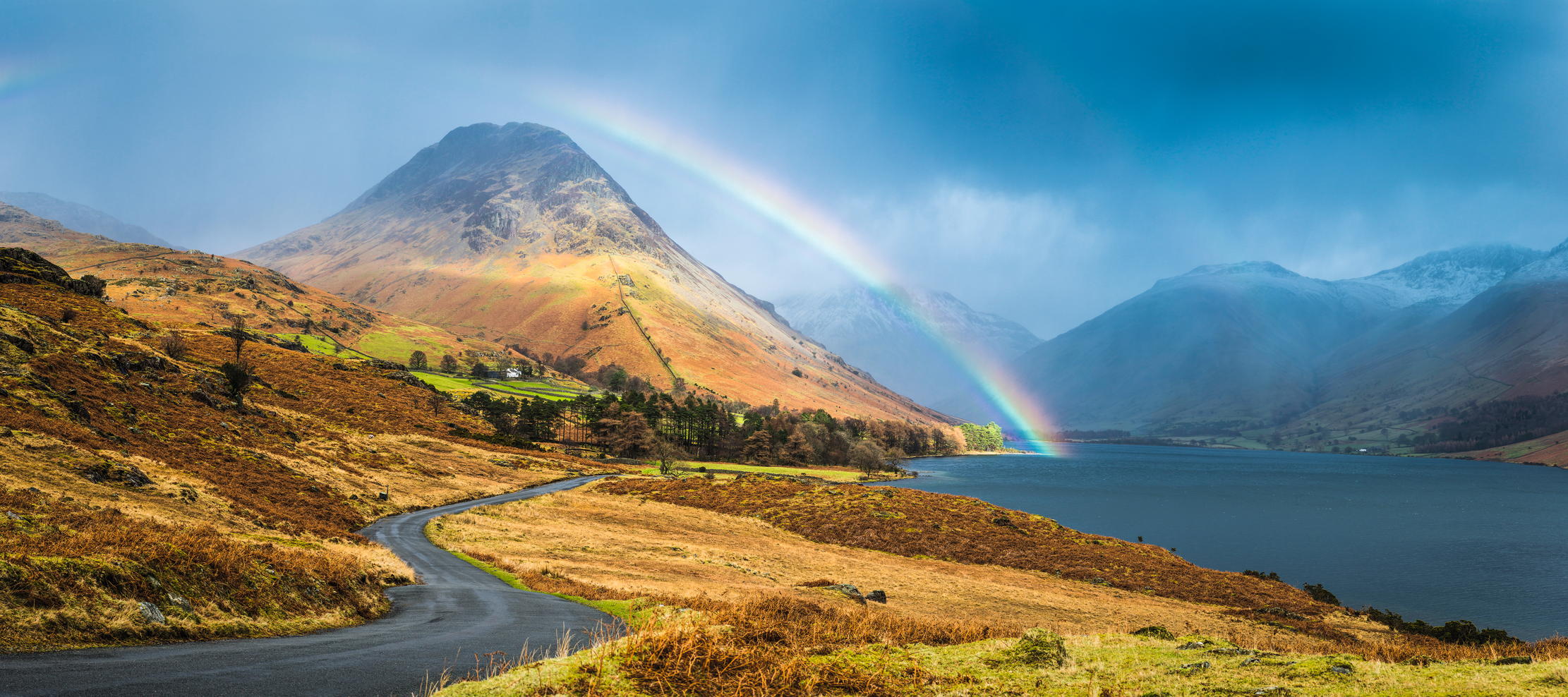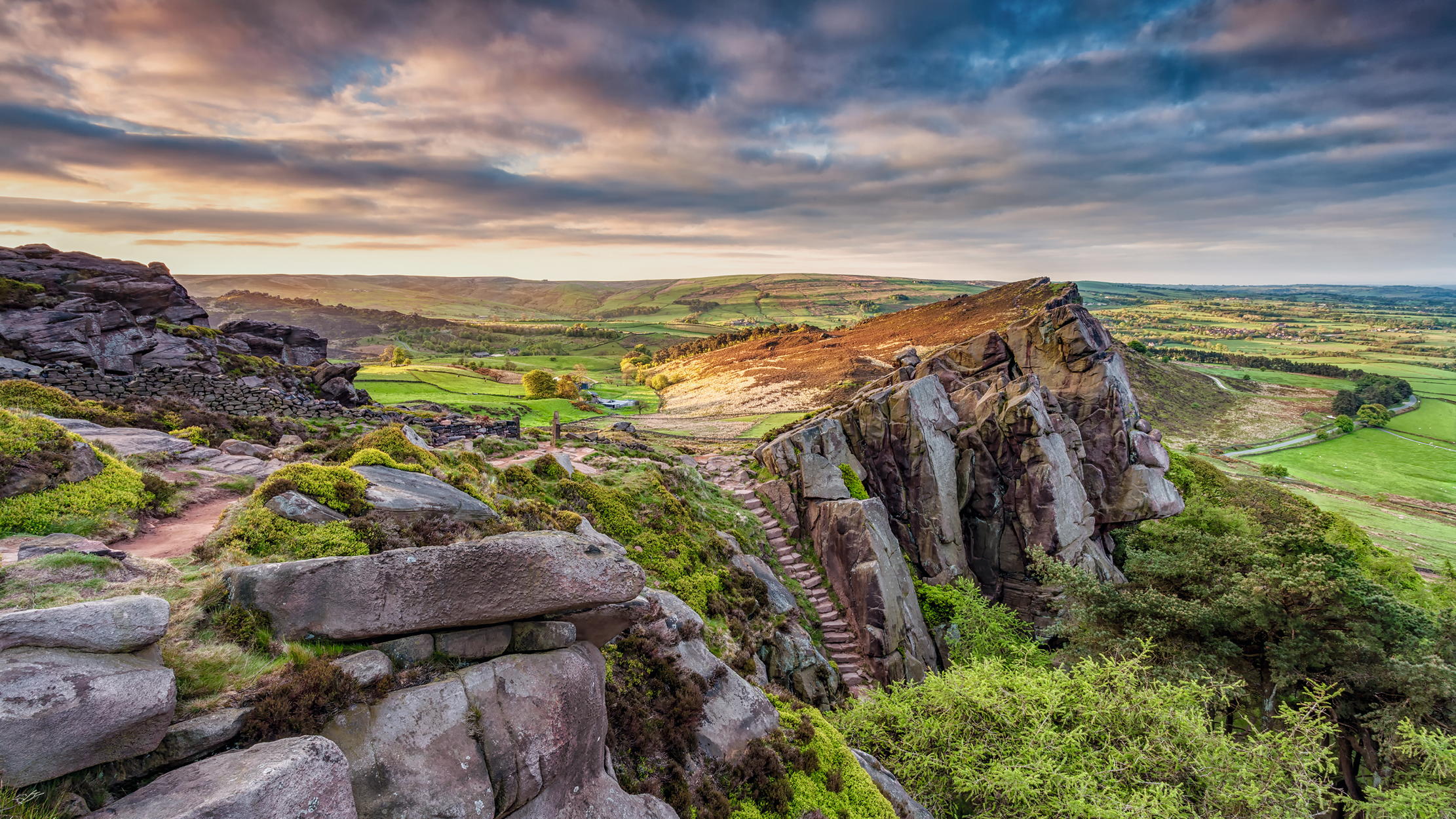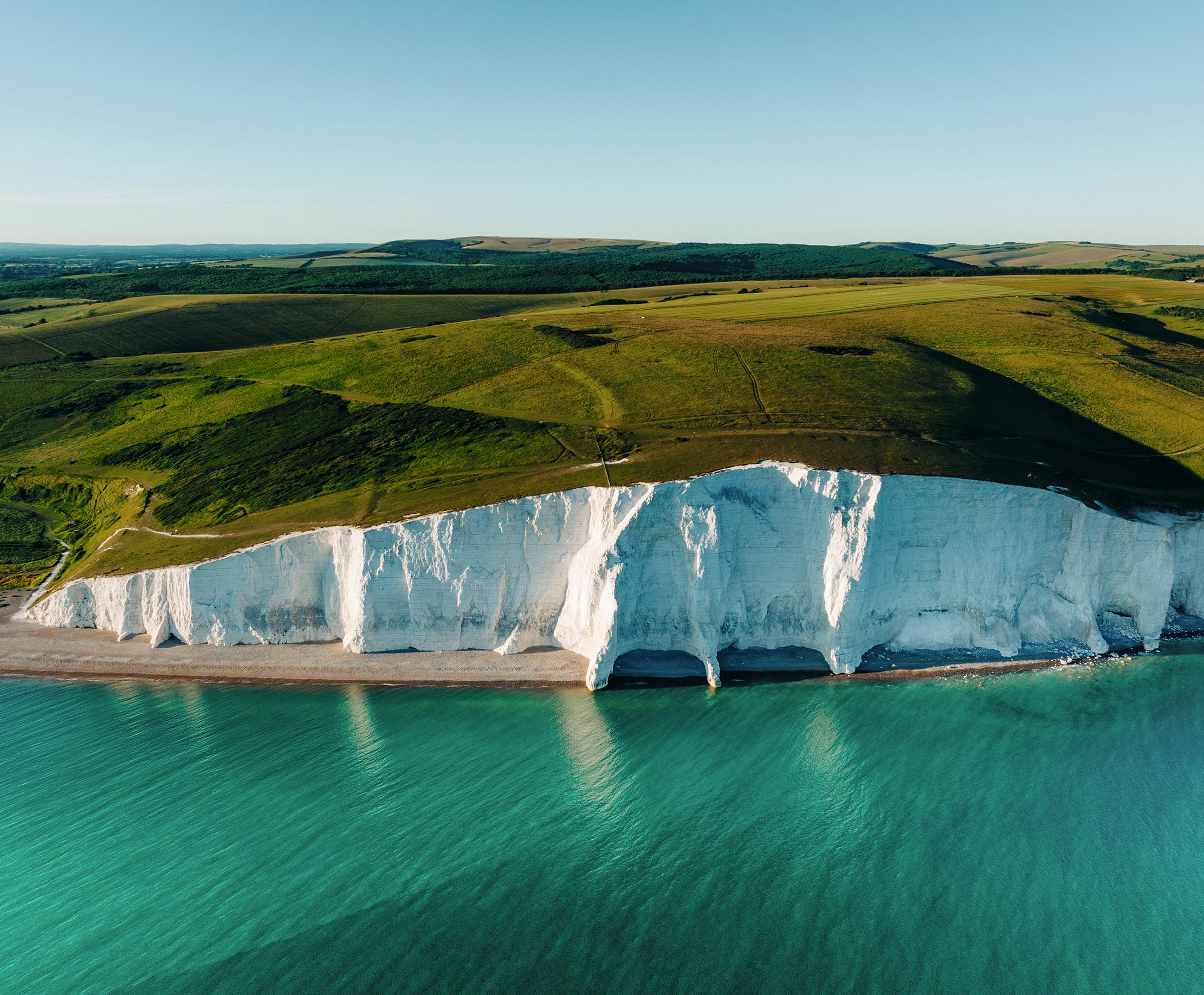'The countryside can pull us together, a connecting point for a nation that sometimes feels as though it is falling apart'
After 75 years, the job required of national parks has changed. They now need to be hothouses of Nature recovery, and it’s time we got on with it, says Julian Glover.


Five years ago, I led an independent review for the Government into protected landscapes in England. We looked at all sorts of things, but the central question amounted to this: how can a system of national protection best serve the nation, while respecting local identities and the needs of people who live in national parks?
A glance into the Country Life archives could have saved us some time. Our question also troubled Parliament 75 years ago when it debated the now-revered legislation creating the system. ‘Will National Parks be national enough?’ worried an editorial of April 1949, as the government retreated during the passage of the law from more ambitious proposals. A few months later — with the bill now an Act — Country Life was disappointed. The law, a writer sniffed, ‘fails rather lamentably to fulfil the high hopes which were based on the report of the Hobhouse Committee [the document which gave birth to the legislation]’, adding that the new National Parks Commission was ‘somewhat lacking in distinction and prestige’.
I’ve had similar feelings of dismay watching momentum falter after our own review, in the four-and-a-bit years it has taken Defra to issue its final plan. ‘Government response to the Landscapes Review: not worth the wait’ was the sharp reply from the Campaign for National Parks when ministers eventually came up with their brief answer last November.

Lots of what we had proposed — and which had even survived into a subsequent Defra consultation — had vanished, especially on the way parks are governed, on what they should do for Nature recovery and how they should serve every part of a changing, diverse society. There was a tummy-tickling reference to a new national park — hardly a priority unless it can be funded and run differently.
A succession of secretaries of state during what might be called the Defra dark ages — between the time of Michael Gove and the current (and, it is said, more positive) occupant Steve Barclay — had let landscapes down.
"I needn’t walk far from my front door in the Peak District to find myself in silent, barren fields that make you weep. If we don’t sort this out we could be forgiven for asking why we have national parks at all"
Even so, there has been progress (after behind-the-scenes scrambling) to get changes to the purposes of protected landscapes added to the Levelling Up Act. Small pots of extra money have been pulled together by committed Defra officials and the admirable Defra minister Lord Benyon. The Farming in Protected Landscapes scheme is going great guns. However, the official response to the review can only be a first base before a government sees the merit of moving on fast with more of what we proposed.
It must happen because the job the nation needs national parks to do has changed. Seventy-five years ago, city skies were full of coal smoke and urban rivers toxic sewers, but the countryside, because of the way it was farmed, was still full of wild birds, plants and insects. If Nature was vanishing, no one in Whitehall had noticed. The job of national parks, in law, was to stop ugly development and encourage people to enjoy them.
Exquisite houses, the beauty of Nature, and how to get the most from your life, straight to your inbox.

Today, they still need to do those things, but lots more besides, most of all to be hothouses of natural recovery. I do not share the contempt some environmentalists show for the ecological state of protected landscapes, not least because they haven’t been given the tools to do better, but I needn’t walk far from my front door in the Peak District to find myself in silent, barren fields that make you weep. If we don’t sort this out we could be forgiven for asking why we have national parks at all, except as an elaborate way to stop people building houses.
To find ambition, look at what are now called National Landscapes, after their confident, elegant relaunch late last year. These are the former Areas of Outstanding Natural Beauty (AONBs) — 34 in England, four in Wales and eight in Northern Ireland — which have always been treated as a lesser species: fed on scraps, living on their wits and with hardly any official powers. Yet, because of this, they have also been quicker to move and bolder in setting out what they can do together, rather than looking inwards and squabbling as some national parks seem prone to do. The new name is more than a brand: it’s an assertion of their collective potential as national bodies doing a job for all of us.

The countryside can pull us together, a connecting point for a nation that sometimes feels as though it is falling apart. Everyone feels better when they come closer to Nature; everyone becomes fitter, happier and healthier when they escape from their screens to the hills and coasts; everyone can take pride in the beauty of the landscapes and buildings our countrymen have shaped over centuries. Everyone, surely, can agree that it would be a fine thing for our age to leave this heritage more accessible and in a better state than we found it.
Opening the first Future Countryside event last year, which I helped organise, the former minister Rory Stewart reminded us of the complexities in doing this. It is glib to say we all love the countryside and leave it at that. Choices over how rural England is run cannot all be resolved without unhappiness — an extreme example is the current selfish and self-defeating decision by one Dartmoor landowner to take his battle against access to the Supreme Court. Any talk of bold national purposes can seem threatening to families living in a village swamped by traffic and holiday cottages, or to farmers underpaid by supermarkets now being asked to work for Nature, too.

The reason we created protected landscapes 75 years ago was to give strength to places that would otherwise fall victim to the pressures of tawdry urbanising uniformity.
Back then, Country Life thought the new law was too weak. In fact, the consequences turned out to be uplifting. What worked then can work again, and better, if we are brave enough to try.
Saving the British countryside: 140 years of designation of landscapes
- 1884 MP James Bryce introduces a (failed) ‘freedom to roam’ bill
- 1931 Government inquiry recommends creating a National Park Authority
- 1932 Mass Trespass on Kinder Scout in the Peak District
- 1935 Ramblers Association is created
- 1945 Government White Paper on national parks; committee set up under Sir Arthur Hob-house to prepare legislation
- 1947 Hobhouse report is published
- 1949 The National Parks and Access to the Countryside Act
- 1951 The Peak District is designated the first National Park, followed by the Lake District, Snowdonia and Dartmoor, the Pembroke-shire Coast and North York Moors in 1952 and the Yorkshire Dales and Exmoor in 1954
- 1956 The Gower Peninsula becomes the first of 46 AONBs
- 1977 Establishment of the Campaign for National Parks, a charity
- 1995 Under the Environment Act, national parks become independent bodies within local government
- 2000 National Parks (Scotland) Act, leading to Loch Lomond & The Trossachs and the Cairngorms designation
- 2010 The South Downs is designated — the latest park
- 2023 AONBs are renamed National Landscapes
Julian Glover is a trustee of the National Lottery Heritage Fund and led the Landscapes Review for Defra.
